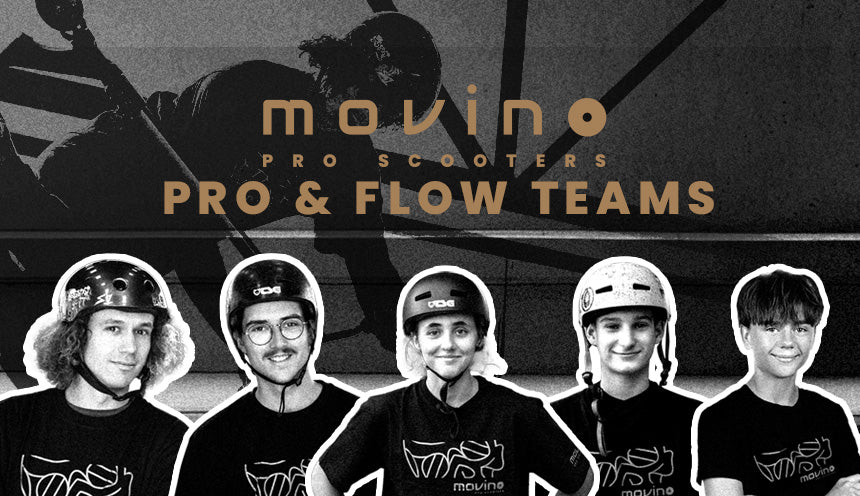Skatepark Riding—Obstacle Glossary
As skateparks continue to pop up across Poland, they’re becoming hotspots for extreme sports enthusiasts. Traditionally dominated by skateboards and BMX bikes, these parks are now seeing a surge in the popularity of stunt scooters. This trend, especially among the youth, is no surprise given the growing interest in the sport. Skateparks are perfect for learning tricks and stunts, but they must be well-designed and equipped to serve their purpose. Only then will aerial whips and flips look truly spectacular. While ramps, rails, and boxes are basic terms you’re likely familiar with, we’ve prepared an obstacle glossary to introduce you to the most popular elements for extreme riding.
FUNBOX

Funbox With Rail (A-Frame)

Funbox With Grindbox
Often referred to as the heart of the skatepark, the funbox can vary in size and come with various add-ons like grindboxes or rails, as shown in the image above. Its greatest advantage is its versatility, allowing riders to enjoy an endless list of tricks and stunts. Funboxes can also take on many shapes, two of which are detailed below.

Pyramid

Spin
Quarter Pipe and Bank Ramp

Quarter Pipe

Bank Ramp
Banks and quarters differ in shape and incline, serving as tools for gaining speed and accelerating towards the central elements of the skatepark. They are also used for executing manoeuvres involving spins and rotations. To enhance the riding experience, stairs, rails, and grindboxes can be added to these structures. Almost every quarter pipe features a “coping”—a metal edge that finishes the obstacle with a round or flat angle iron. Banks and quarters can form a wall when combined with other elements. Below are additional examples of obstacles based on these structures.

Wall

Roll-in (+ quarterpipe)
Grind Boxes and Rails

Grind Box I

Grind Box II
For street riders, the most fun comes from boxes and rails. These are the perfect spots to learn new tricks like slides or grinding on rails. On grind boxes, you can master technical manoeuvres. They are essential elements of any skatepark, regardless of its size. Typically, these are freestanding features, but they can also complement banks or funboxes.

Kink Rail
 “C” Rail
“C” Rail
All these elements can be combined to create an excellent course for riders. Obstacles are usually constructed from wood, metal, or concrete. At a skatepark, you can find many more obstacles like bumps or London gaps, and indoor riding venues offer extras like foam pits! Check out our latest post where we showcase the best indoor riding spots in Poland. Remember, for skatepark riding, you don’t need a traditional scooter but a stunt scooter—their more robust construction allows for performing tricks and stunts. At Movino, you’ll find a wide variety of models that are sure to catch your eye. Get into the groove, choose your stunt scooter, and conquer obstacles like a pro!
Discover today our:
- stunt scooters for beginners,
- stunt scooters for advanced riders,
- stunt scooters for kids.
When visiting our store, you can also equip yourself with individual parts like scooter handlebars and more. Obstacle visualisations are courtesy of Techramps.



